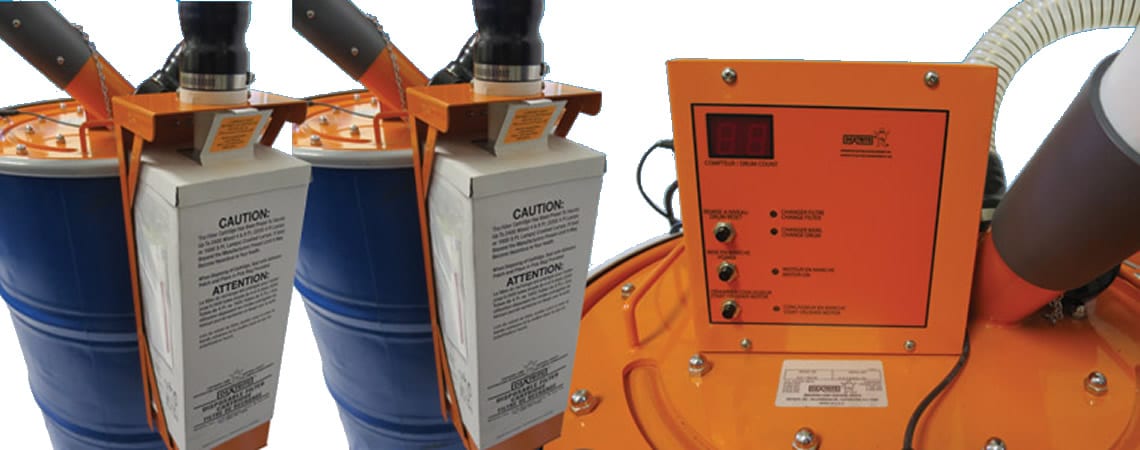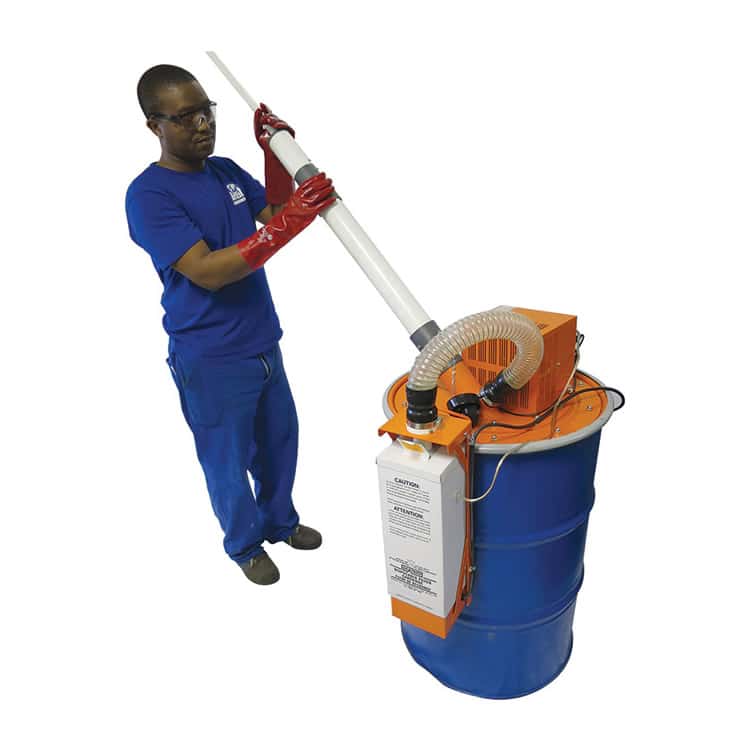While they come in many shapes, the 4 foot and 8 foot long tubes are the most common. Mercury is essential to the operation of the tubes. In the manufacturing process the required mercury is placed inside the tube. A four-foot tube will contain 13 to 50 milligrams of mercury and an 8 foot tube will contain 20 to 75 milligrams of mercury. The average four foot tube will additionally contain 4 to 5 grams of a light emitting phosphor powder on the inside of the glass tube.
Mercury in many forms and compounds has been designated as a hazardous substance by the Environmental Protection agency and others because of its adverse affects on our biological systems. Fluorescent tubes have a typical operational life span of 8000 to 10 000 hours, roughly one year of continuous operation. At the end of their useful life they need to be disposed of in a safe, compliant manner. The disposal process presents many challenges; the most important one is not breaking the tube before mercury vapor control can exercised.
The handling of the tubes in the act of replacement, packing shipping and unloading presents many opportunities for breakage and thereby uncontrolled release of mercury as liquid and vapor. The controlled crushing of fluorescent tubes as close as possible to the source of the tube exchange minimizes the chances for uncontrolled mercury release.



